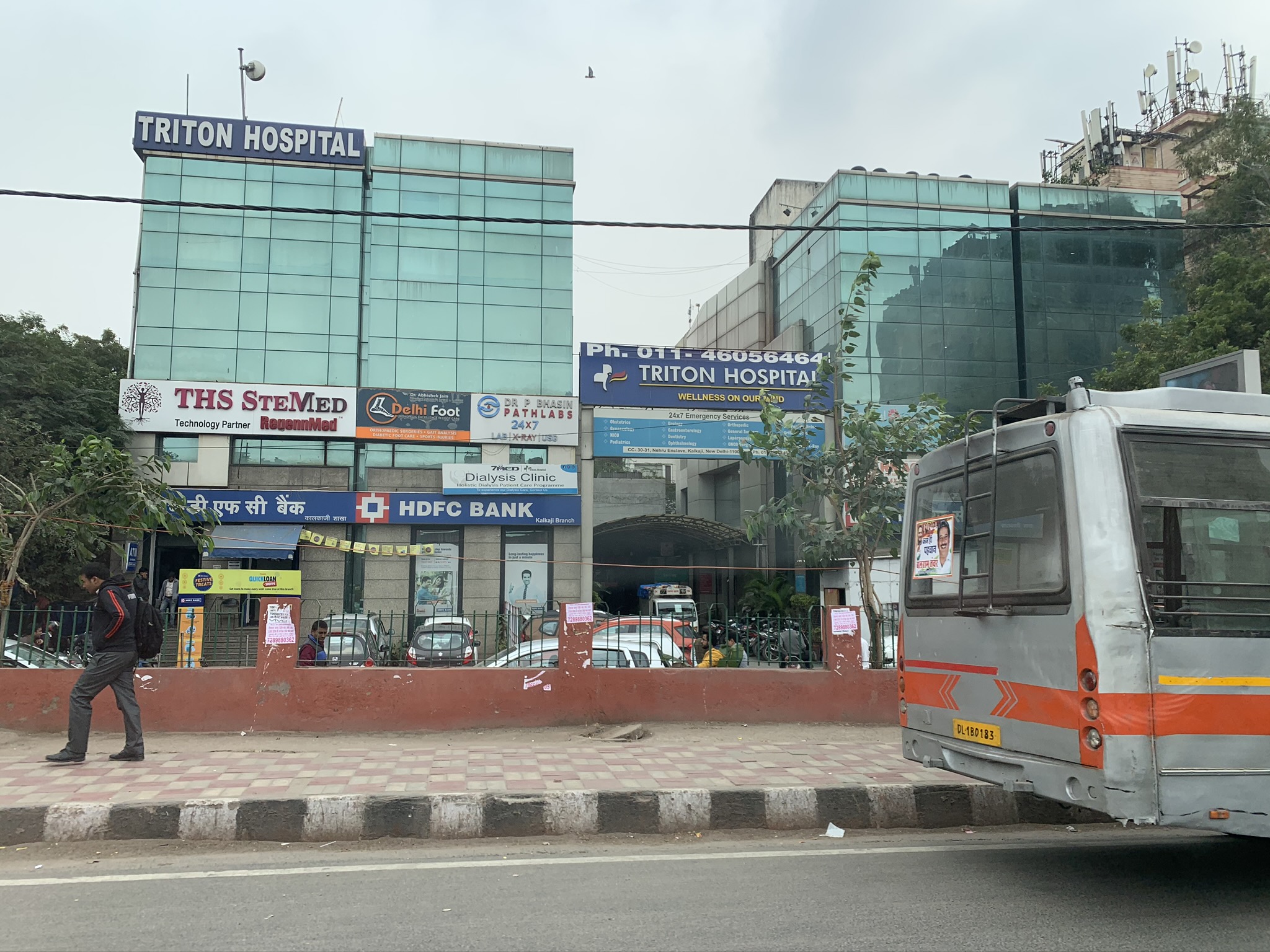Health Care in India: By the Numbers
Health care in India has improved significantly thanks to the Government of India (GOI), but the numbers reveal that there is still much work to be done. On a recent trip to Delhi, plans to visit friends were cancelled when their mother needed heart surgery. It was a good time to examine the health care system, and the numbers are staggering:
- GOI is committed to universal coverage by 2030 for its 1.3 billion citizens.
- The country’s four objectives are outcomes, protection, satisfaction, and competitiveness.
- India spends four percent of GDP on health care (compared to the U.S., which spends 18%).
- In 2015, Indians spent $237 per capita on health care compared to $9,995 in the U.S.
- Only 35 percent of the population has any health insurance; 10% has comprehensive coverage.
- More than 60 percent of all services are paid for out of pocket at the point of care.
- In 2018, India launched the world’s largest health insurance program (PM-JAY) for the poor.
- More than 90 percent of all health care facilities have 10 or fewer employees.
While in Delhi, Bill Gates, co-chairman of the Bill & Melinda Gates Foundation, was also there to discuss health care. He supported the government’s efforts for universal health care and in primary care services. While it will take 10 to 15 years to achieve the country’s objectives, local leaders appear committed to mastering health insurance. BTW, mom is doing well.
Sources:
- Health System for a New India: Building Blocks by Niti Aayog (November 2019)
- Health at a Glance: Asia/Pacific 2018 by OECD/WHO (December 2018)
- The Indian Health Care System by Commonwealth Fund (International Health Care System Profiles)
- National Health Care Spending in 2018 by CMS Office of the Actuary (Health Affairs January 2020)


